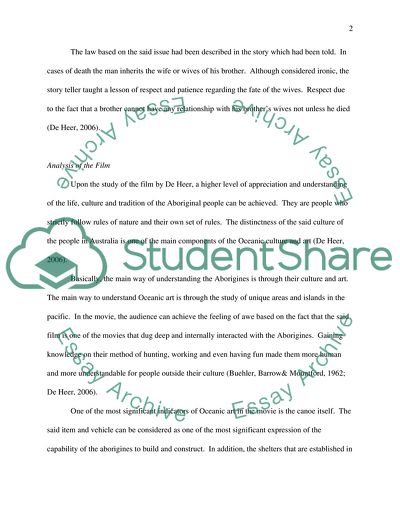Cite this document
(The Review of Ten Canoes, Rabbit-Proof Fence and Kula: Ring of Power Movie, n.d.)
The Review of Ten Canoes, Rabbit-Proof Fence and Kula: Ring of Power Movie. https://studentshare.org/culture/1723112-movie-review
The Review of Ten Canoes, Rabbit-Proof Fence and Kula: Ring of Power Movie. https://studentshare.org/culture/1723112-movie-review
(The Review of Ten Canoes, Rabbit-Proof Fence and Kula: Ring of Power Movie)
The Review of Ten Canoes, Rabbit-Proof Fence and Kula: Ring of Power Movie. https://studentshare.org/culture/1723112-movie-review.
The Review of Ten Canoes, Rabbit-Proof Fence and Kula: Ring of Power Movie. https://studentshare.org/culture/1723112-movie-review.
“The Review of Ten Canoes, Rabbit-Proof Fence and Kula: Ring of Power Movie”. https://studentshare.org/culture/1723112-movie-review.


